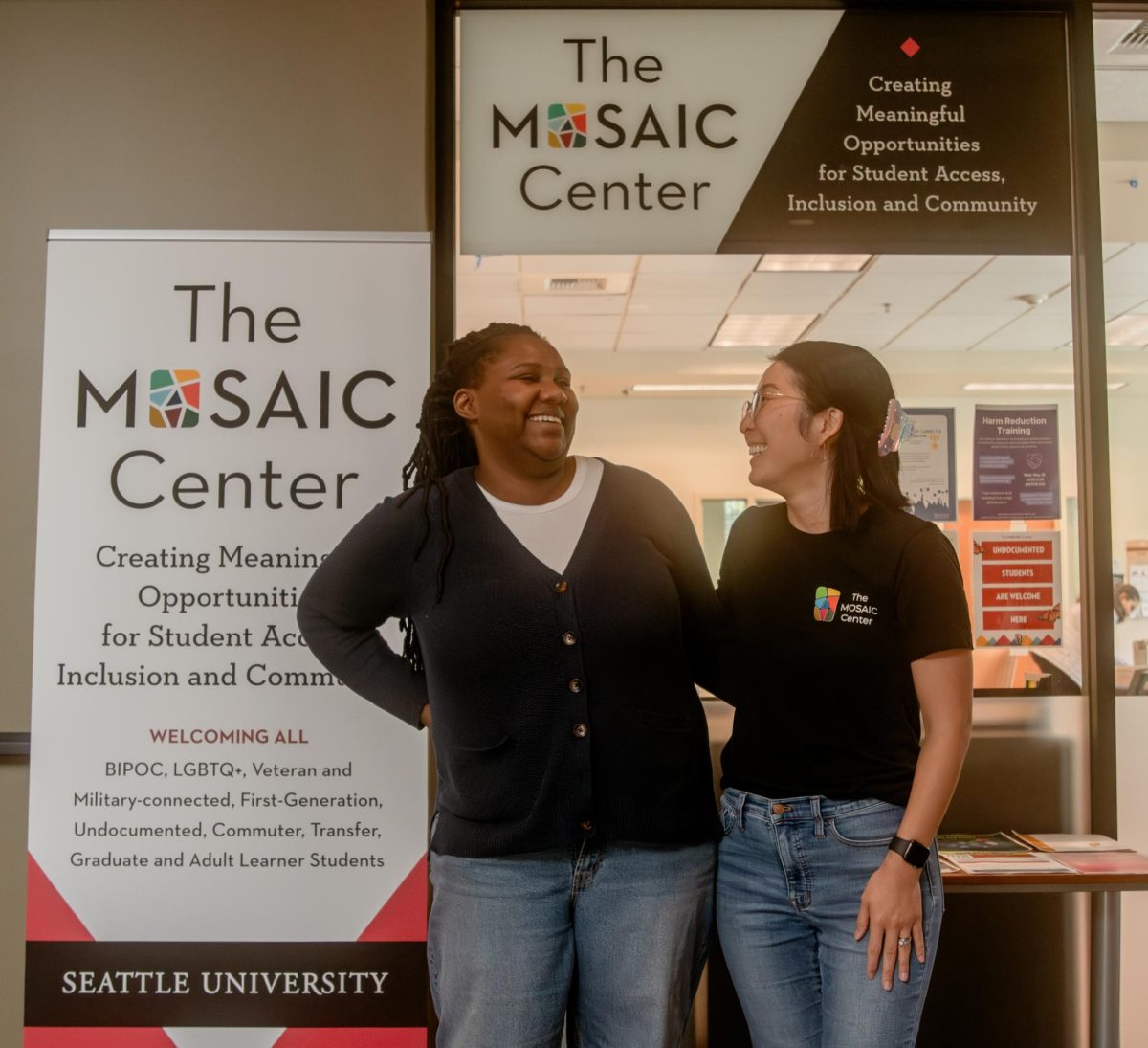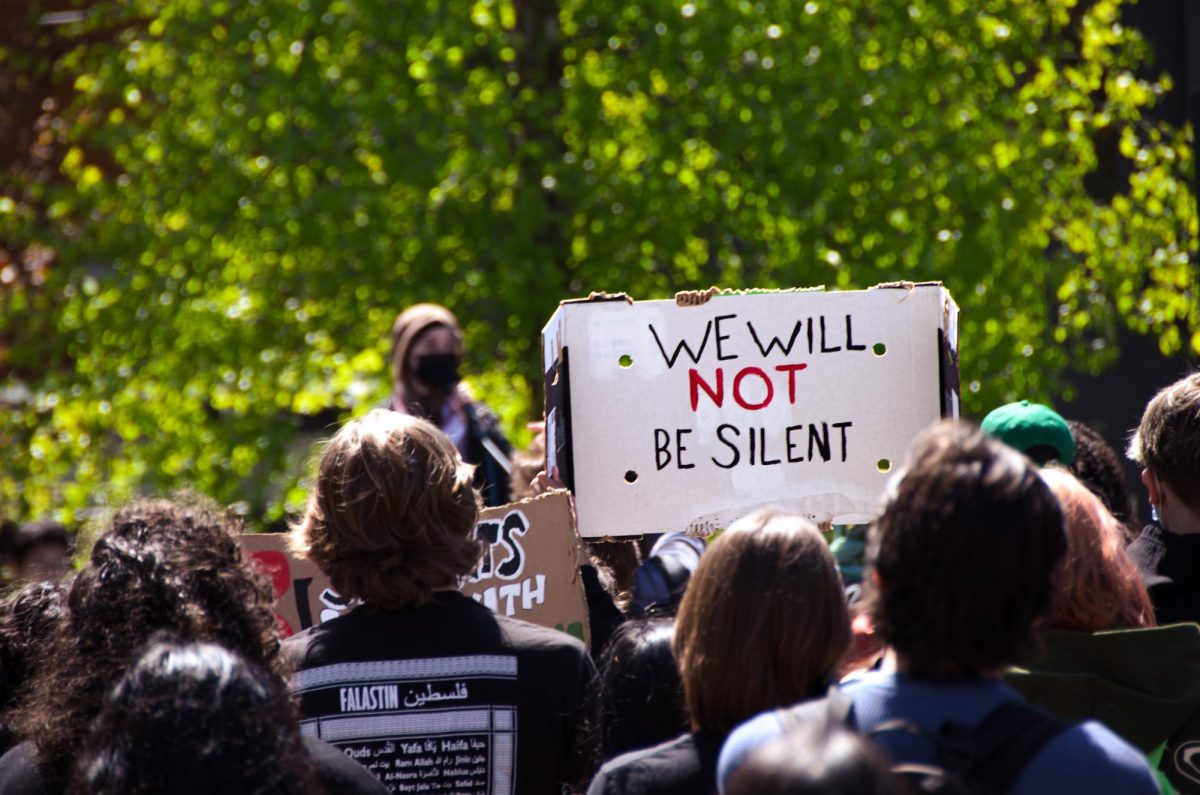I am adamantly against guns.
This does not mean I am anti-second amendment rights—but I do believe in stricter gun control laws, would never allow a gun to exist in my household and would never consider enrolling in a school that allowed concealed carry. Yet, I cannot deny that concealed carriers have in some cases disrupted potentially fatal incidents, which is one reasoning behind a new campus-carry law that will take effect at public Texas colleges and universities this August.
Public colleges and universities in Texas will no longer be able to ban the concealed carrying of handguns. Private schools are allowed to opt out—which they have—and public schools can declare specific portions of campus as gun-free. While the Republican-dominated Legislature in Texas passed State Bill 11 last June, Texas universities, professors and students are still deciding how to react to this new law—one that exists at the heart of an increasingly contentious debate over gun control.
Texas is just the latest state to join the growing trend of allowing guns onto public universities. Colorado, Idaho, Kansas, Mississippi, Oregon, Utah and Wisconsin also allow concealed carry on campuses. Similar proposals exist in various stages in Alaska, Arizona, Florida, Georgia, Kentucky, Michigan, Missouri, Ohio and Tennessee. Washington is one of nearly 20 states that have policies prohibiting possession of guns at public colleges and universities, with some leeway for universities to make exceptions.
“I believe that talk of adding guns into the school is a reactionary response to try and control a very scary possibility,” said Assistant Director of Public Safety, Craig Birklid.
An example of what Birklid described as a reactionary response occurred nearby at the University of Washington, where, in wake of the shootings at Virginia Tech, student movements sprang up to push for the right to have concealed guns on campus. In 2008, student Brian Yip led UW’s chapter of Students for Concealed Carry on Campus. He and his group hypothesized that the Virginia Tech shootings could have been minimized or even eliminated if students at Virginia Tech were allowed to take guns to school, according to a SeattlePI article.
“People believe that if people are armed, that they’ll be able to stop [shooting incidents] from happening,” said department chair of the criminal justice department, Jacqueline Helfgott.
In addition to mass shootings, the media, and of course pre-existing gun culture in various states also plays a part.
“All the media attention to all the school shootings and mass shooting incidents…the more that this crime is in the public mind, the more it’s sort of magnifying that,” she said.
These issues may be particularly magnified in states such as Texas, which is historically pro-second amendment and pro-National Rifle Association (NRA).
“The trend of wanting to make policies about prohibiting guns on campus in the aftermath of [mass shooting] events, I would expect to continue in areas like that,” Helfgott said.
Also, because college campuses are where many shootings have played out—one of which happened alarmingly close to Seattle University at Seattle Pacific University in 2014—it is logical that these spaces have become one target of the gun control debate.
But the question remains: will this law do what gun right advocates say and make campuses safer?
A QUESTION OF SAFETY
In mid-March, a man entered a 7-Eleven in the Seattle area, swung a hatchet towards a customer without provocation, and then attacked the store’s clerk. While this incident could have ended in tragedy, before any innocent lives were lost, a customer with a concealed carry permit took out his gun and shot the attacker dead. In another, very different scenario also involving concealed carry, concealed carry permit holder Marvin Lee shot and killed another man following a car accident on Jan. 22. According to the report, Lee may have been impaired when someone tried to take his keys following the accident. Lee shot the man several times.
These are just two examples of countless pieces of anecdotal evidence that either suggest guns guarantee people’s safety or put them in more danger. Anecdotal evidence has shaped many of my admittedly ambivalent attitudes about gun control. But my own reliance, as well as the public’s, on anecdotes raises substantial concerns; little data exists about how guns affect safety, especially on campuses, thus somewhat invalidating both sides of the gun control argument.
“One of the things that is a little troubling to me is simply the lack of research cited in this decision making process,” said assistant professor in the communications department, Caitlin Ring Carlson.
Much of the information that people base their decisions on regarding gun control and concealed carry is the result of the incredible lobbying work done by the NRA, Ring Carlson said.
The NRA, which spent $3.6 million in 2015 in lobbying expenditures, goes to great lengths to defend second amendment rights and is opposed to virtually every form of gun regulation including retention of databases of gun purchases and restrictions on owning assault weapons.
One study done by the Campaign to Keep Guns off Campus revealed that since Colorado and Utah have allowed concealed carry on campuses, on-campus crimes have increased, while student population has decreased. But the results of that study do not prove that concealed carry causes more crime. At best, it only suggests that the possible presence of an individual carrying a concealed handgun does not equal less crime.
Another study done in 2011 by the University of California-Davis’ Violence Prevention Research Program said that those who carried concealed weapons were twice as likely to be heavy drinkers than non-gun owners. Gun owners who drove with loaded weapons were four times more likely to drive after drinking “perhaps too much.” The validity of this survey comes into question considering it relied on 15-year-old data drawn from self-reported telephone surveys.
Thus, not many third party neutral studies have been done about the impacts of gun violence, partly because of a lack of funding.
“It doesn’t seem like something the government or [National Science Foundation] is…interested in exploring more and that seems problematic to me,” Ring Carlson said.
WHAT NEXT?
In reaction to the approval of SB 11, many professors at public colleges and universities in Texas voiced their outrage, some of them leaving their jobs. Siva Vaidhyanathan, for instance, was a finalist to become the dean of the communication school at the University of Texas’ Austin campus. But he removed himself from the running because he was unwilling to step into the middle of this contentious debate. Professor Daniel Hamermesh taught introductory economics and resigned in fear that a “disgruntled student with a gun could ‘lose it,’ pull out the gun and shoot the instructor.”
Seattle U has a strict no weapons policy. But assistant professor in the criminal justice department, Peter Collins said that if a similar proposal was ever made on our campus, then he would be “absolutely opposed to it.” The fear of proximity to a gun in a classroom might prevent students from fully expressing themselves, thus making guns not conducive to learning, according to Collins.
Helfgott, Collins, Ring Carlson and Birklid all believe, despite that not much statistical data exists about the effects of guns in overall campus safety, the dangers of having more guns in an environment far outweigh the benefits.
Some students in Texas are also reacting negatively to the new law. Savanna Raines, sophomore anthropology major at the Texas State University, said she was upset when she heard the law was passed and thinks it is an unnecessary law that won’t “accomplish anything.”
“I think that we have [university police] enforcement on campus for things such as this,” she said. “I understand that things happen and people want to protect themselves, but it just doesn’t seem prudent.”
A NEED FOR A RESPONSIBLE APPROACH
Texas’s law attempts to create a simple answer to a complex problem. But to create a blanket solution to a multi-faceted problem—in any issue, but especially one that relates to security, issues of mental health and fear mongering—skirts into the territory of being irresponsible.
As of now, the nation significantly lacks research done on gun safety and the research that does exist is either not done by an unbiased third party, or is drowned out by loud anecdotal evidence. We are lacking both data-driven solutions and logical arguments regarding gun violence, and it is troubling that this law, or any law in general, could pass without sufficient facts and possibly risk compounding an issue.
“What would a data driven solution look like?” Ring Carlson asked. “It just doesn’t feel like right now…people are having a common sensical argument about this issue.”
At the very least, laws such as these could include stipulations requiring practicing active shooter drills, providing gun safety trainings or providing comprehensive mental health care, considering the relative ease of owning a handgun or concealed carry license, and that mental health issues and gun violence often correlate.
“I would have been more pro [SB 11] if perhaps there was some mandatory class on [gun safety],” Raines said. “If someone has [a gun] in their dorm room and you get a little drunk and someone doesn’t know how to properly handle a gun—I think there’s a lot of things that could go wrong and I just don’t think it’s worth it.”
Following the enforcement of the law in August, time may eventually tell how SB 11 will affect safety at public universities and colleges in Texas. But as the law stands now, it is unreasonable to assume that it will improve or diminish campus welfare; instead it only contributes yet another anecdote to the perplexing debate about gun rights and gun control with no real solutions grounded in data or safety.
Melissa may be reached at [email protected]














Richard
Apr 14, 2016 at 12:50 am
Wow, what a long and meandering manifesto. The first sentence, “I am adamantly against guns,” was clearly a warning of more to come. That’s where I should have turned back.
With that said, nothing was said about the very credible FBI Uniform Crime Report, and the US Department of Justice’s National Institute of Justice /Bureau of Justice Statistics that report that there are fewer and declining violent gun crimes, fewer and declining violent crimes in general, and fewer and declining gun accidents, when and where there are more guns among law abiding citizens who bear arms.
Since 1993, when gun deaths were at their all time high, until the last FBI and DOJ reports for 2015, where gun deaths are now down 51% from twenty two years ago, the number of guns have actually increased substantially, including triple the number of high capacity semiautomatic rifles and quadruple the number of high capacity semiautomatic pistols. Add to that some 20 million Americans who lawfully carry concealed weapons, including a sizeable number of young men and women returning from the wars in Iraq, Afghanistan and elsewhere and enrolling in colleges and universities across America.
Gun control is a failed cause and a battle that was lost when the American people said no to more gun control and chose to opt for protecting themselves and their families. There will be no return to the days of high crime and useless gun control.